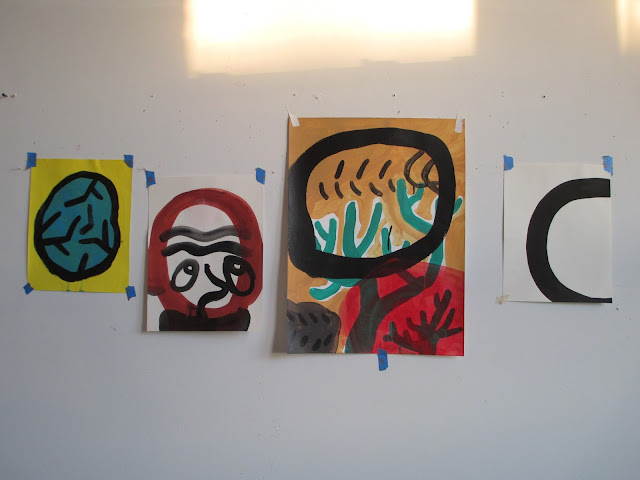 |
| The languorous light was just beginning to fade when I visited Talia's Bushick studio... |
 |
| During our visit, Talia talked about what a huge impact the Matisse show at the Met last spring had on the New York art world, and how that correlates with the resurgence of the current interest in the pastoral in art. |
 |
| The playful ease of the confident gesture creates a feeling of pleasure and fun. |








